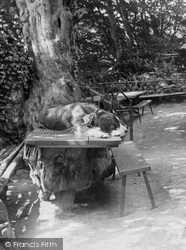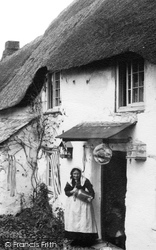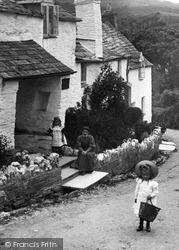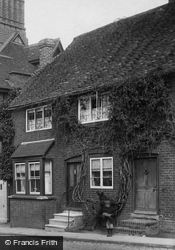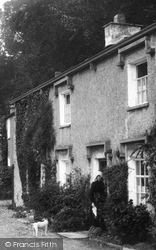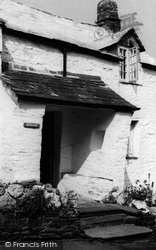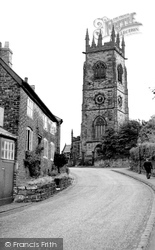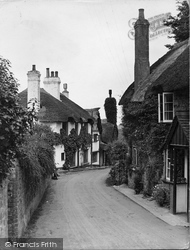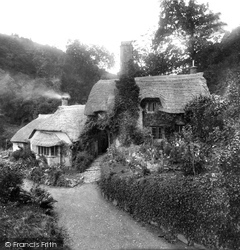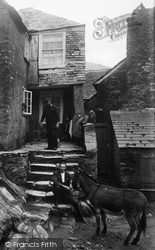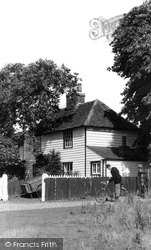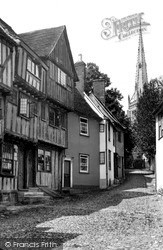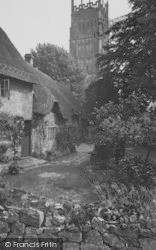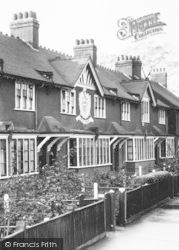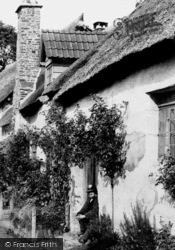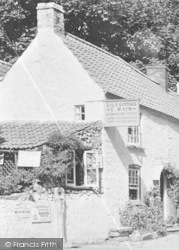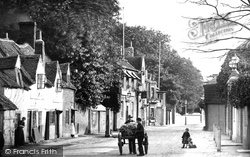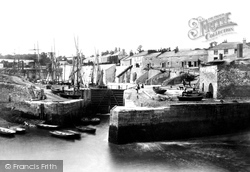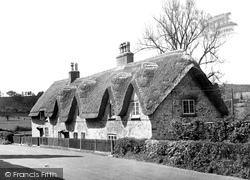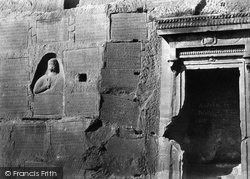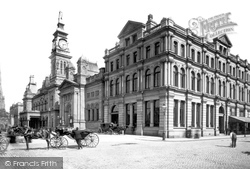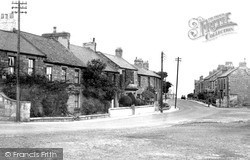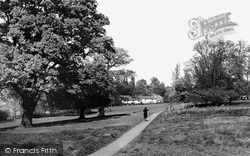Places
6 places found.
Those places high-lighted have photos. All locations may have maps, books and memories.
Photos
198 photos found. Showing results 1 to 20.
Maps
Sorry, no maps were found that related to your search.
Books
Sorry, no books were found that related to your search.
Memories
Sorry, no memories were found that related to your search.
Captions
10 captions found. Showing results 1 to 10.
St Peter Street had several rows of cottages, some in great dilapidation, occupied by river workers such as ferrymen, bargees and wharfingers.
St Austell's granite harbour, edged with simple colour-washed cottages, was built in 1791 by Charles Rashleigh for exporting tin.
This row of three cottages is in Church Street. They are set slightly below road level, and are reached by steps down. The thatch remains in excellent condition, and so do the porches.
Since this view was taken, the lock has been reconstructed; the lock-keeper’s cottage was rebuilt in 1928 by the Thames Conservancy.
Note the pram in the front garden, and the picturesque stone cottages. The bus stop on the left is a reminder of the urgent need for public transport in rural areas.
The complex was built on a site previously occupied by a row of cottages adjacent to Cambridge Hall, and opened in 1878 having cost around £14,000.
Crowley was ahead of his time; he built cottages for his workers and the community had the serv- ices of a doctor, schoolmaster and a parson.
Howard was beatified as the Blessed William Howard by a decree of (Nick Thomas) Izaak Walton's cottage at Shallowford is one of Stafford's three heritage sites.
There were cottages in Bulls Cross Lane (now Bulls Cross), and there were two small settlements in Whitewebbs Lane-Romey Street (at the Bulls Cross End) and Whitewebbs proper (near the King and
Frogmore Mill, together with The Cottage, extended in 1927 to become the new boardroom for Apsley Mill, has survived to be transformed into a new venture, the Apsley Paper Trail.
Places (6)
Photos (198)
Memories (0)
Books (0)
Maps (0)




